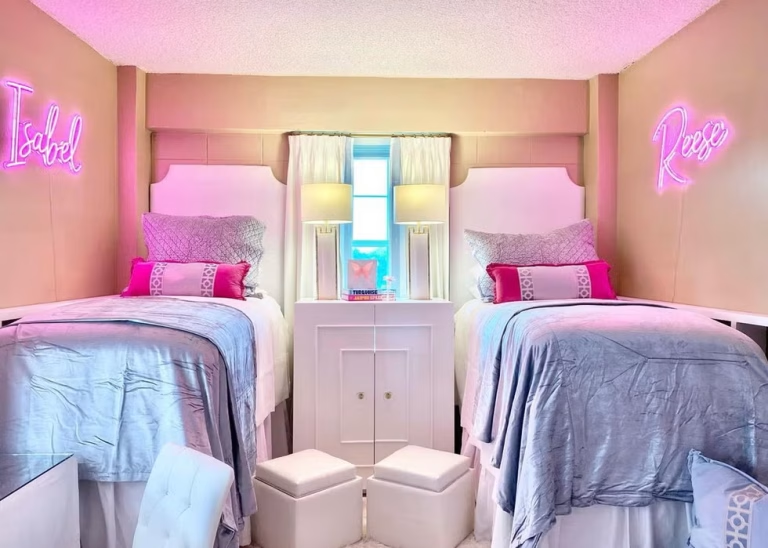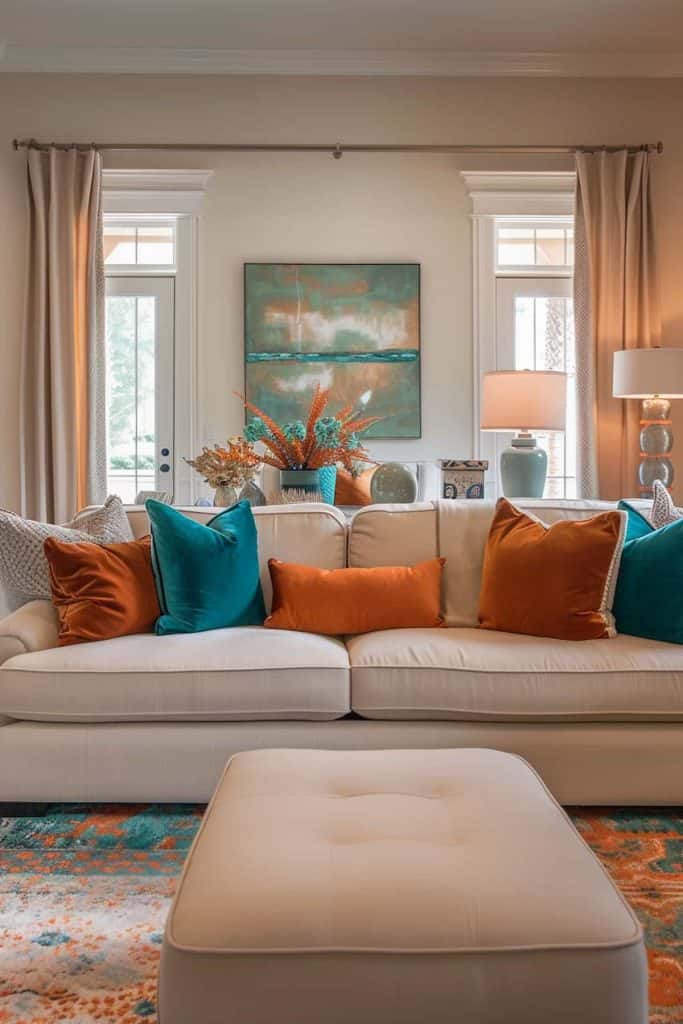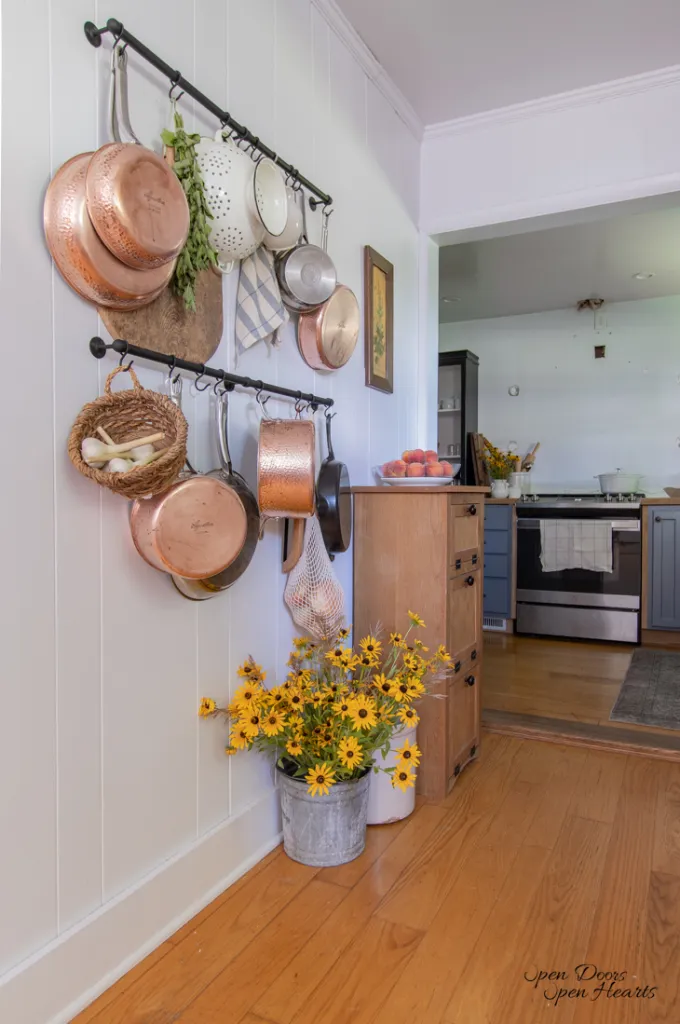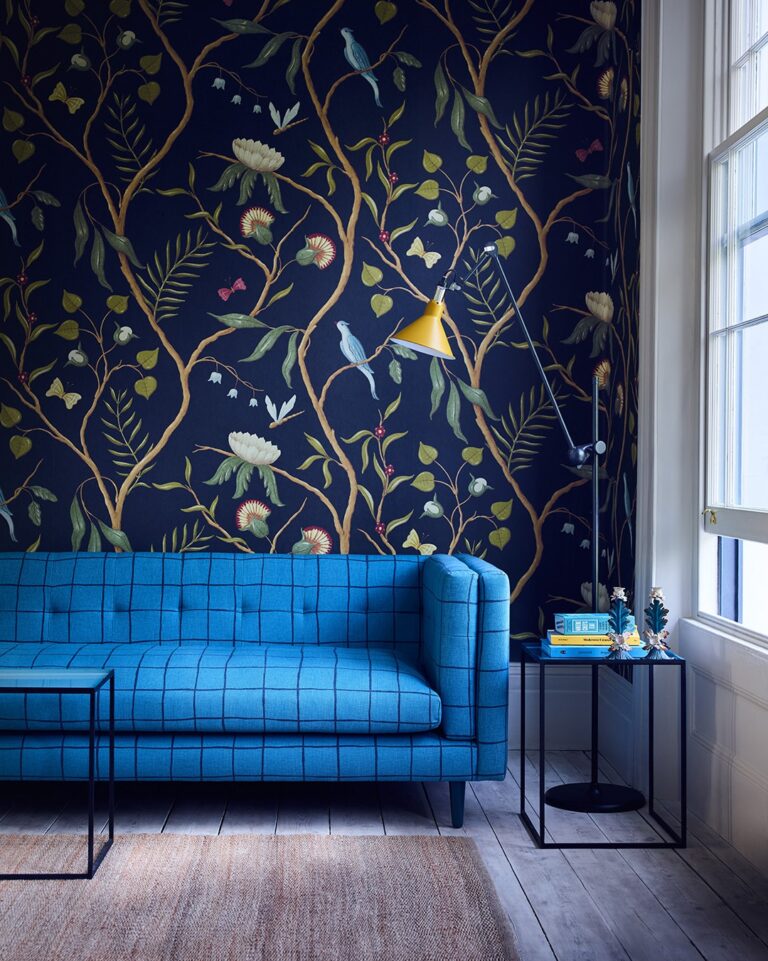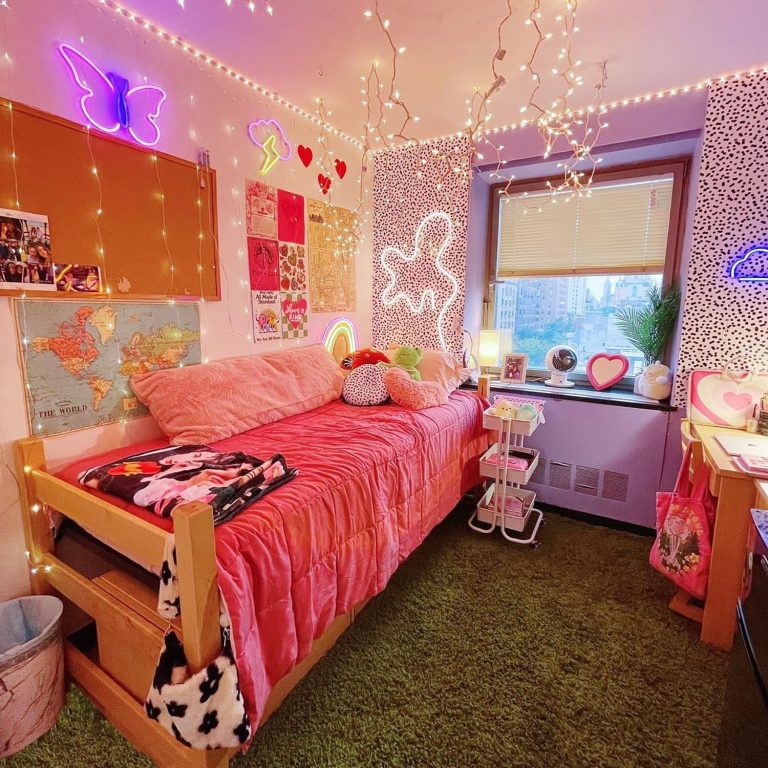15 Minimalist Living Room Ideas for a Calm and Stylish Space
Minimalism is more than just a design trend—it’s a lifestyle that encourages simplicity, functionality, and tranquility. If you’re looking to create a minimalist living room, the key is to focus on clean lines, neutral colors, and an uncluttered space. A minimalist living room offers a sense of calm and serenity, making it an ideal place to relax and unwind.
In this article, we’ll explore 15 minimalist living room ideas that can help you transform your space into a peaceful, stylish retreat. From smart furniture choices to minimalist color schemes, these ideas will guide you toward creating a chic and comfortable living room that embraces simplicity.
1. Neutral Color Palette
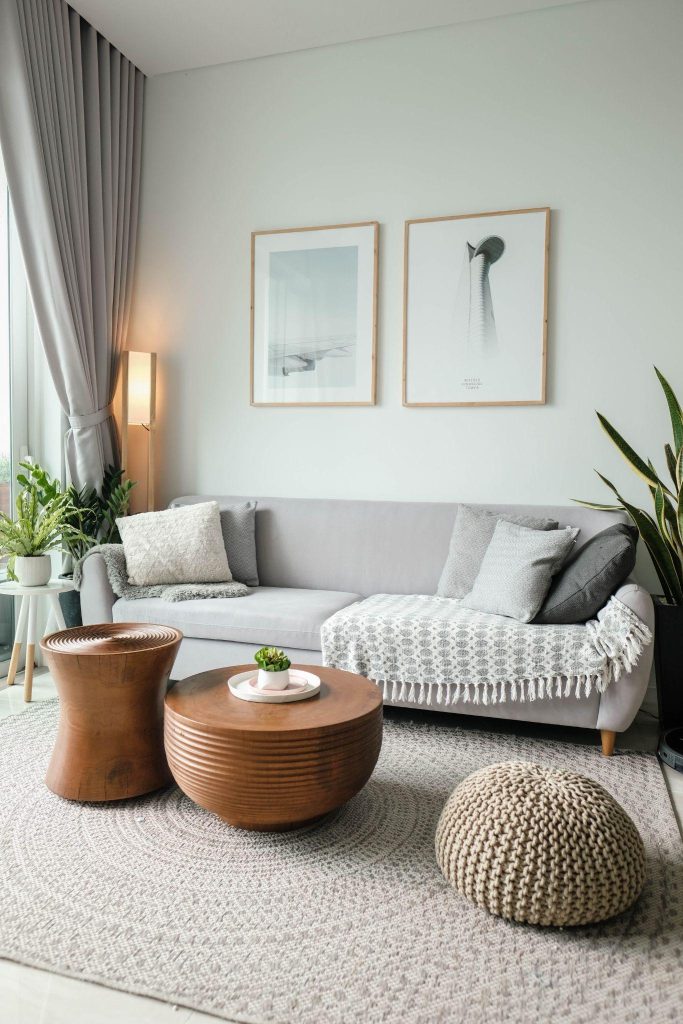
One of the easiest ways to achieve a minimalist look in your living room is by adopting a neutral color palette. Light shades of white, beige, gray, or even muted pastels create a sense of openness and calmness. These colors reflect natural light, making your space feel bigger and brighter.
Choosing neutral hues allows you to introduce different textures and materials without overwhelming the space. For example, pair soft white walls with light wooden furniture, a fluffy beige rug, and linen throw pillows for a relaxing, cohesive look. The goal is to maintain a serene atmosphere, so avoid using too many bold or contrasting colors. Instead, incorporate a few accent pieces in subtle tones, such as muted green or soft blue, for a touch of personality.
Additionally, neutral tones provide a versatile foundation, making it easy to change your décor over time without the need for drastic adjustments. Whether you’re switching out cushions, curtains, or artwork, a neutral color palette allows you to experiment with new elements while maintaining a minimalist aesthetic.
2. Open Shelving
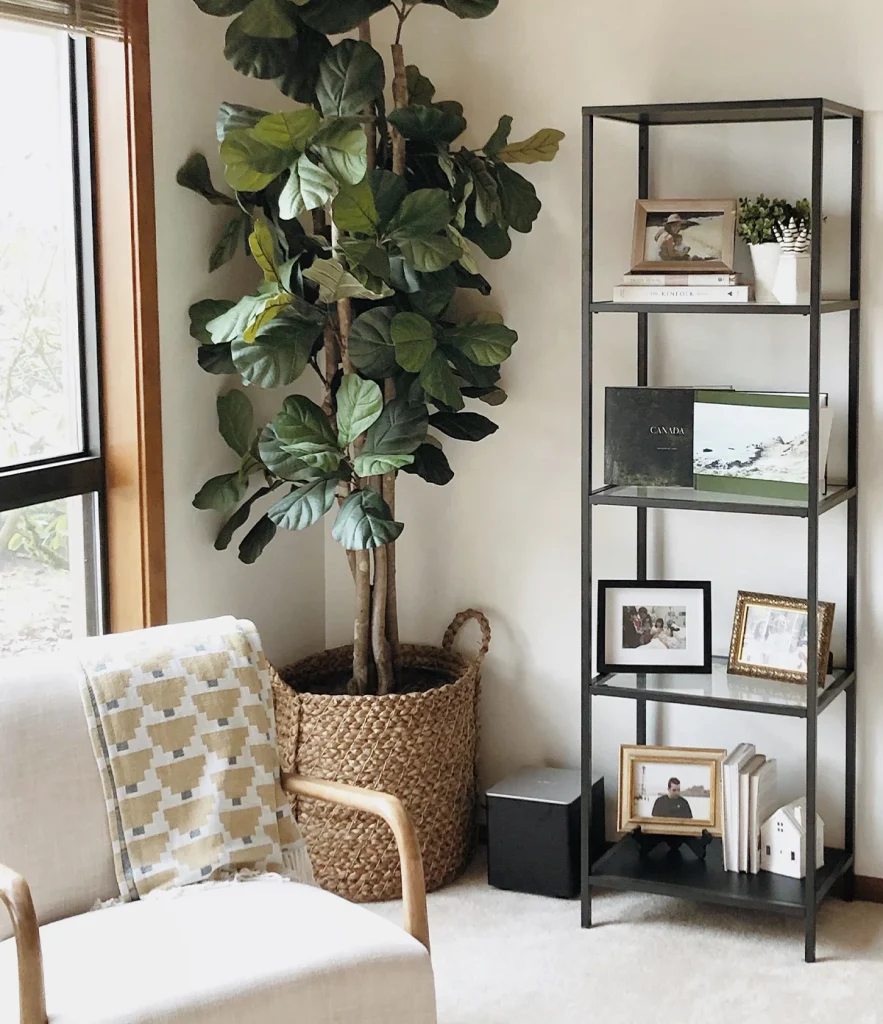
While minimalist design often prioritizes sleek, hidden storage, open shelving can be an effective way to display curated items in your living room. The key is to maintain balance and avoid clutter by limiting what you display and organizing everything thoughtfully.
Open shelving works best with a limited number of decorative objects, such as carefully selected books, plants, or artistic sculptures. Keep the shelves neat by grouping items together in a way that complements the overall aesthetic of the room. For instance, you could use matching ceramic vases in neutral tones, or display a collection of black-and-white framed prints. This approach adds visual interest without overwhelming the space.
The beauty of open shelving is that it allows you to display meaningful items without detracting from the minimalist ethos. By keeping the shelves organized and purposeful, you enhance the clean, uncluttered feel of the room.
3. Simple and Functional Furniture
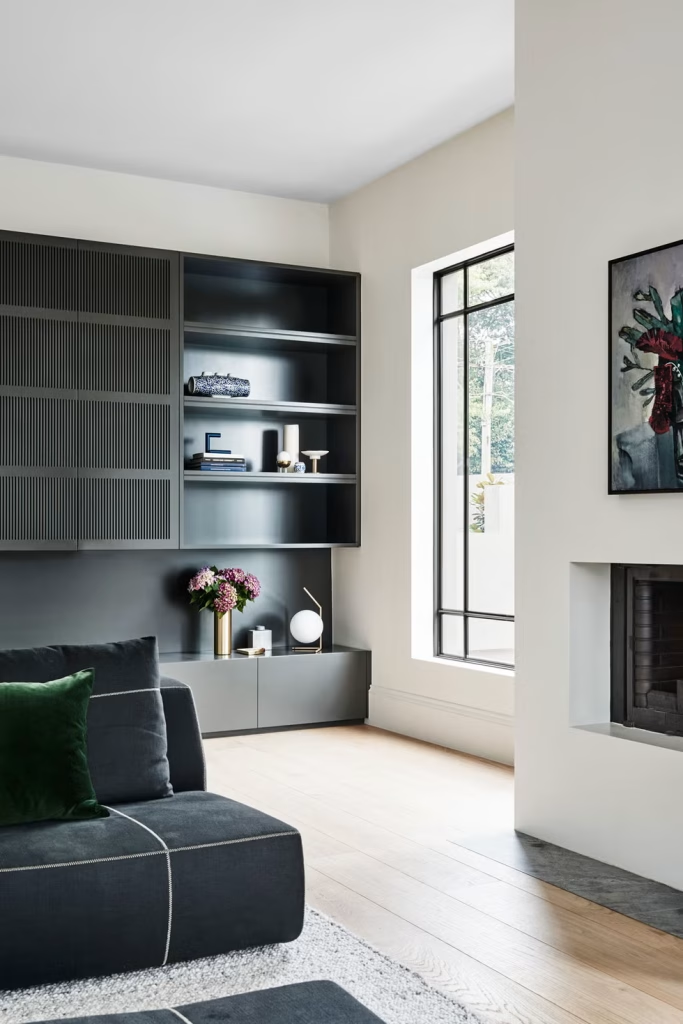
Minimalism is all about functionality, so when choosing furniture for your living room, opt for pieces that are simple yet functional. Think sleek sofas, understated coffee tables, and multi-purpose furniture that serves more than one role.
A minimalist sofa should have clean lines, a neutral color, and a low-profile design. Avoid overly ornate or bulky furniture that takes up too much space or distracts from the overall aesthetic. For example, a simple modular sectional or a mid-century modern sofa can create a calm focal point in the room while offering comfort and versatility.
When it comes to coffee tables, look for designs that are both practical and visually appealing. A table with storage, such as one with drawers or hidden compartments, can help you keep your living room organized and free of unnecessary clutter. By choosing furniture that blends seamlessly into your space, you’ll create a minimalist living room that’s both stylish and functional.
4. Plenty of Natural Light
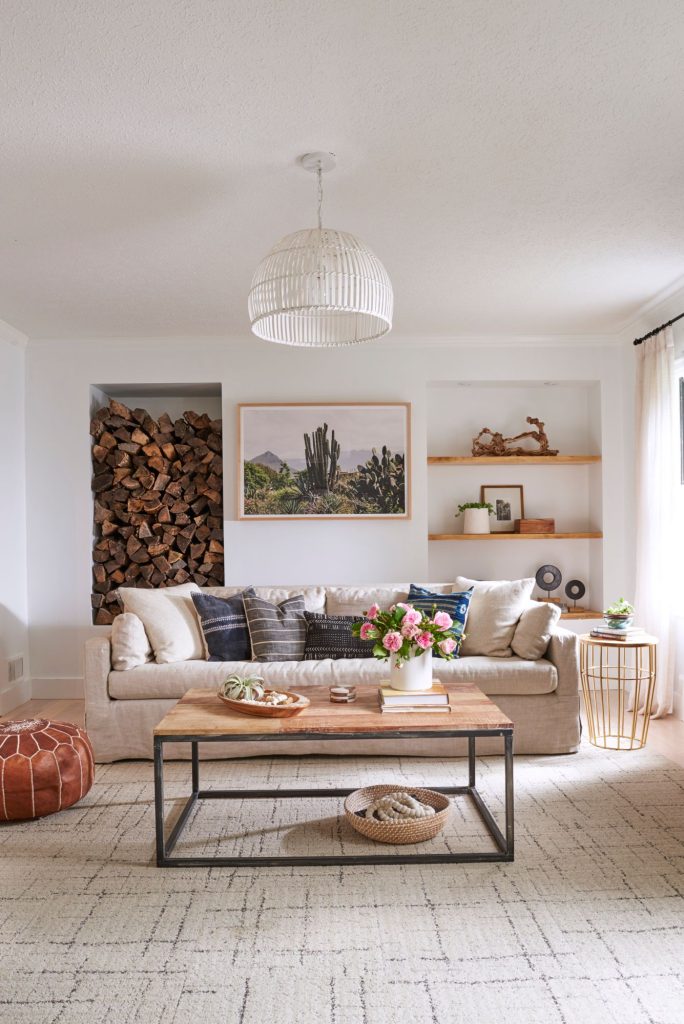
A minimalist living room thrives on natural light, which contributes to a bright and airy feel. Large windows or glass doors that let in sunlight are essential for achieving this atmosphere. If possible, consider removing heavy drapery or replacing it with light, sheer curtains that allow maximum light to flood in.
Natural light not only makes a room feel more open and inviting but also enhances the minimalist design by highlighting the clean lines and simple shapes of your furniture and décor. If you live in a location with long winters or limited daylight, consider incorporating mirrors to reflect natural light and make the space feel brighter.
Additionally, natural light plays a key role in connecting your living room to the outdoors. By opening up the space to the outside, you create a seamless transition between the interior and exterior, further emphasizing the minimalist approach of embracing simplicity and nature.
5. Minimalist Art Pieces
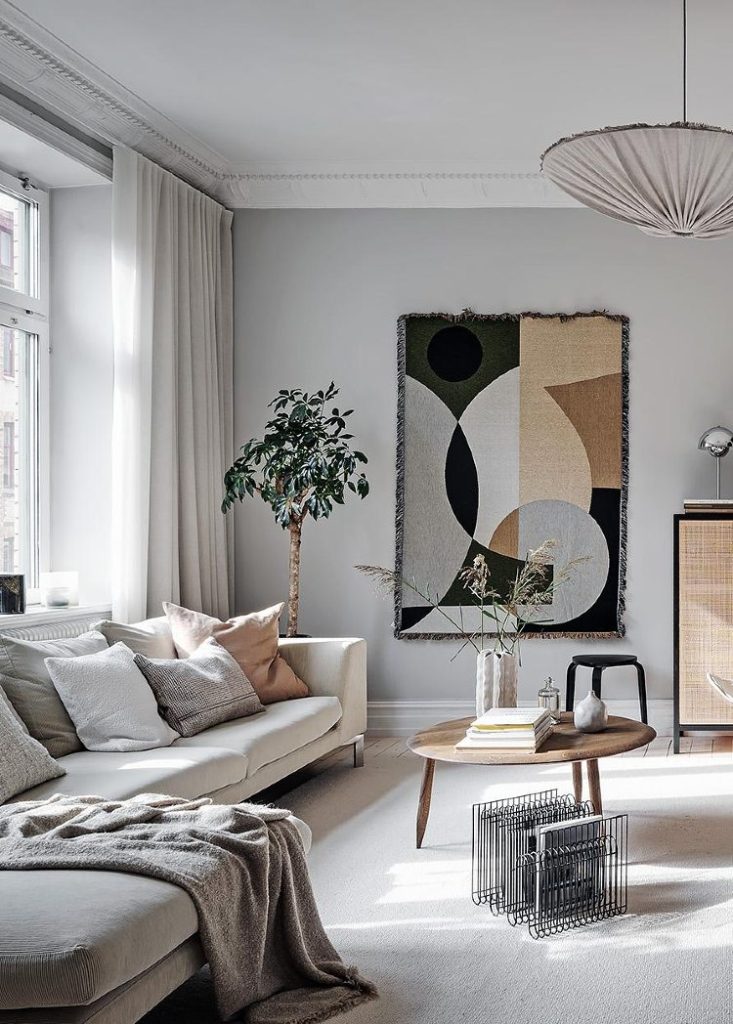
In minimalist design, artwork is often used sparingly, with a focus on simplicity and elegance. Instead of filling the walls with numerous pieces of art, choose one or two statement pieces that complement the room’s color scheme and overall aesthetic.
Look for artwork that aligns with the minimalist philosophy, such as abstract prints, monochromatic photographs, or geometric designs. Black-and-white artwork or minimalist line drawings can also add sophistication to the space without overpowering it.
Remember that the key to minimalist art is subtlety. Each piece should be chosen carefully to enhance the atmosphere of the room, rather than detracting from it. By keeping the wall décor minimal, you create a space that feels serene, uncluttered, and visually balanced.
6. Clean Lines and Geometric Shapes
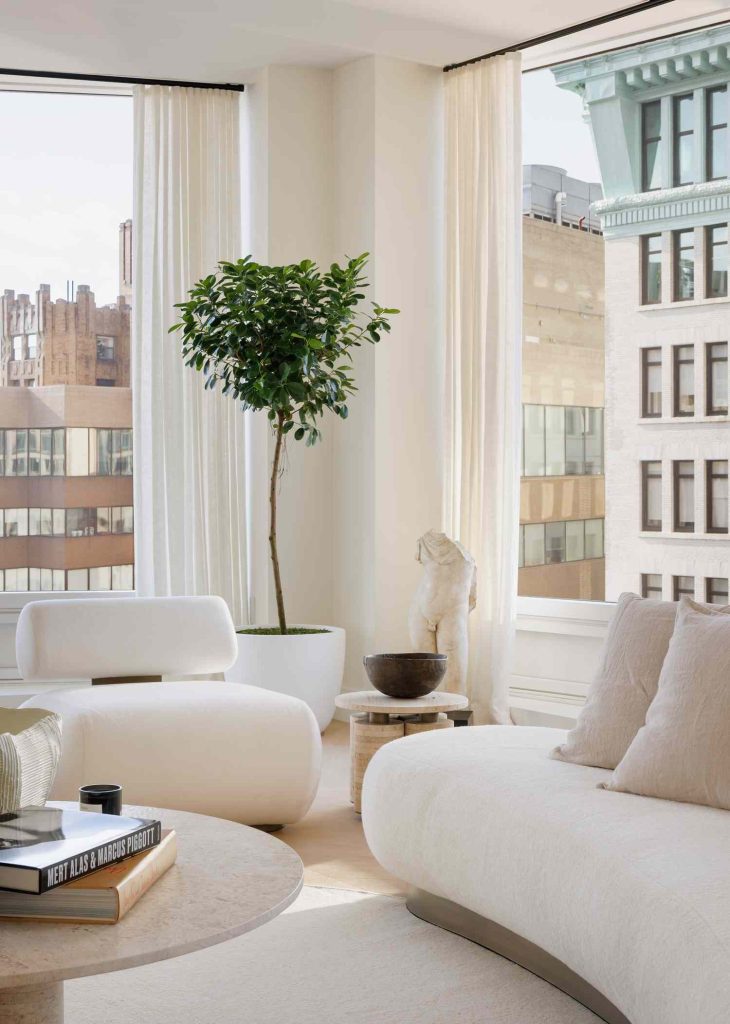
Clean lines and geometric shapes are hallmarks of minimalist design. When selecting furniture, décor, or accessories for your living room, focus on items with crisp, simple lines and angular forms. This could include a low-profile sofa with sharp edges, a geometric coffee table, or a sleek TV stand with clean, straight lines.
By choosing furniture and décor with minimal ornamentation, you create a space that feels organized and purposeful. Avoid overly fussy or decorative pieces, and instead opt for items that emphasize function and simplicity. For instance, a minimalist bookshelf with sharp corners and an open design can serve as both a functional storage solution and a visually striking feature in your living room.
Geometric shapes, such as circles, squares, and triangles, can also be incorporated into rugs, lighting fixtures, and wall art. These shapes enhance the minimalist aesthetic by adding structure and order to the room.
7. Indoor Plants
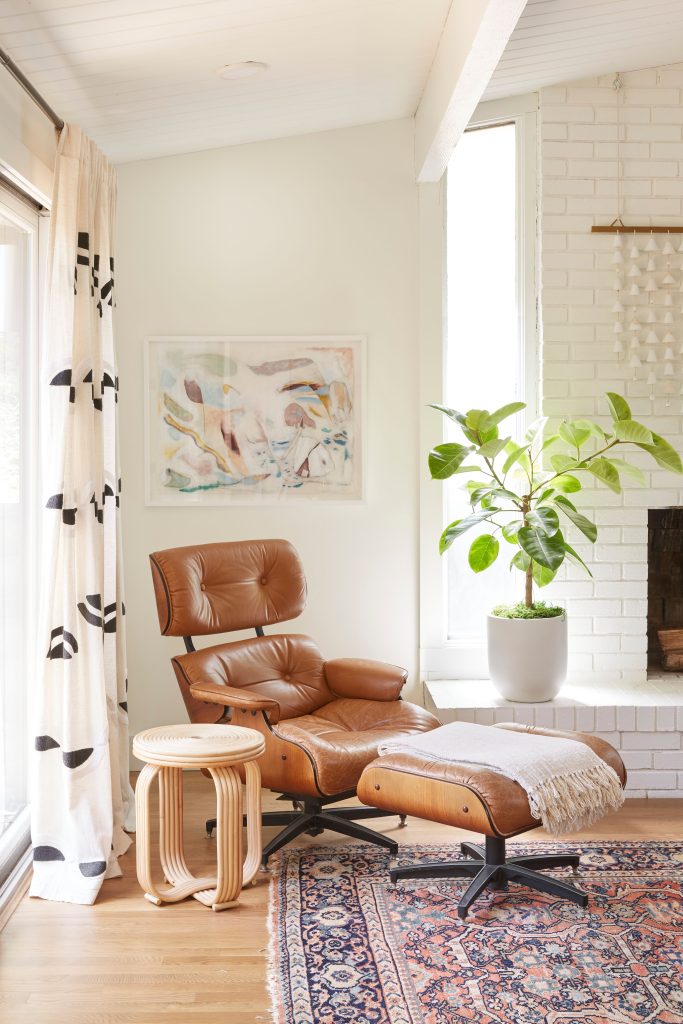
While minimalist design emphasizes simplicity, that doesn’t mean your living room has to feel sterile. Indoor plants are an excellent way to bring a touch of nature into the space while maintaining a minimalist vibe. The key is to choose plants that are easy to care for and complement the neutral tones of your décor.
Opt for plants with clean, sculptural shapes, such as a tall fiddle leaf fig, a snake plant, or a minimalist succulent garden. Use simple planters in neutral materials like ceramic, concrete, or metal to keep the look cohesive. A few carefully placed plants can add color, texture, and a sense of life to your living room without overwhelming the space.
Indoor plants not only enhance the aesthetic of your minimalist living room but also improve air quality and contribute to a calming environment. By keeping your plant collection minimal and well-maintained, you can achieve the perfect balance between nature and design.
8. Statement Lighting Fixtures
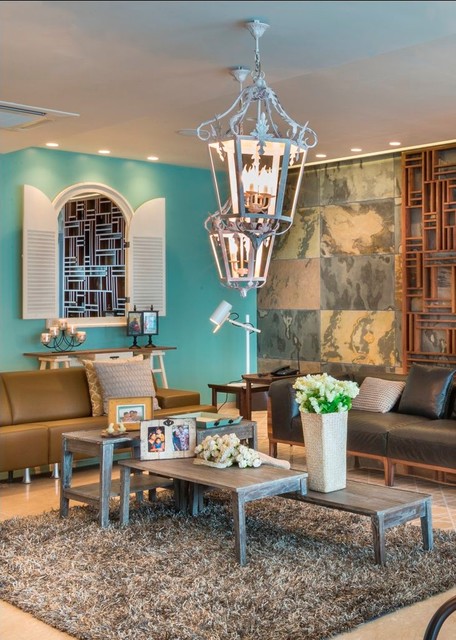
Lighting is an essential element in minimalist design, but it should never feel overbearing. Statement lighting fixtures can serve as functional art pieces in your living room, adding both style and warmth to the space.
Instead of traditional, bulky chandeliers or ceiling fans, choose lighting fixtures with sleek, modern designs. Pendant lights with geometric shapes, recessed lighting, or floor lamps with thin, elegant bases all contribute to the minimalist vibe while providing ample light. The idea is to focus on simplicity and clean lines, allowing the lighting to enhance the room’s ambiance without distracting from the overall design.
When selecting lighting, consider using dimmable fixtures to create different moods throughout the day. This flexibility allows you to maintain a calming, tranquil atmosphere while still having functional lighting for various activities, such as reading or entertaining.
9. Multi-Purpose Furniture
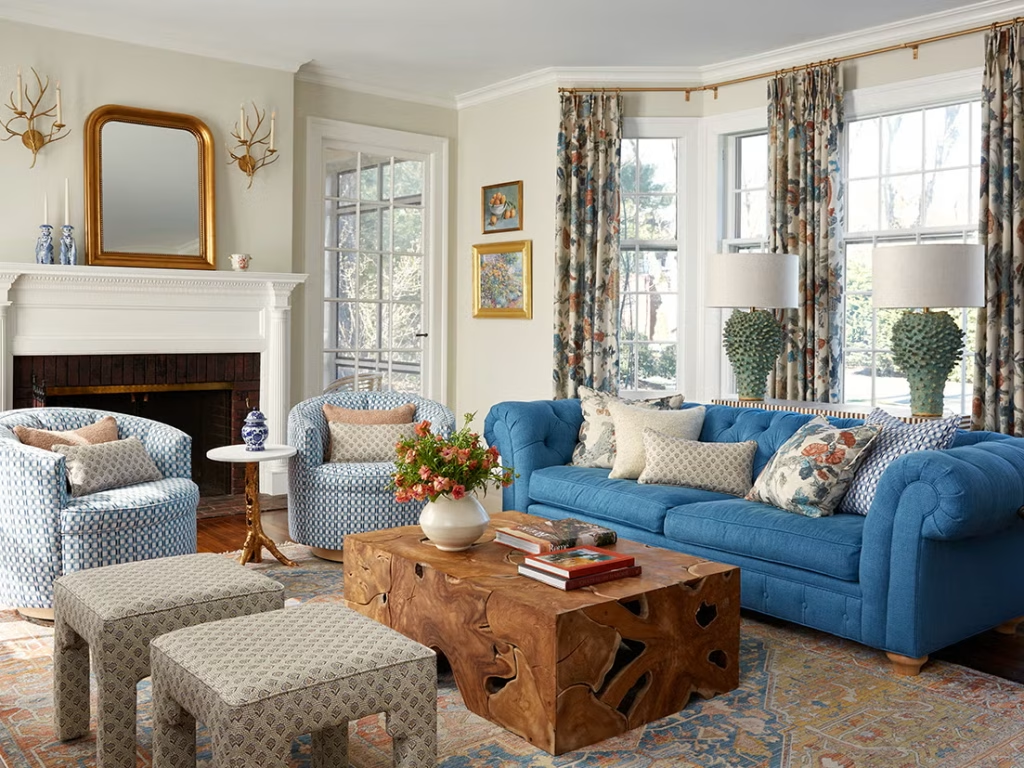
In minimalist design, every piece of furniture must serve a purpose, and multi-functional furniture is the ultimate way to maximize space while keeping things simple. Look for items that can easily transform or perform more than one function, reducing the need for excess furniture.
For example, a sofa bed or a foldable dining table can be perfect for smaller living rooms or apartments. These pieces not only help to save space but also allow you to switch up the layout when needed. A minimalist coffee table with built-in storage is another great addition, keeping the room neat and organized while offering additional space for storing items like blankets or books.
By integrating multi-purpose furniture, you ensure that your minimalist living room remains both stylish and functional. These versatile pieces help you make the most of every square inch without compromising on design.
10. Minimalist Rugs
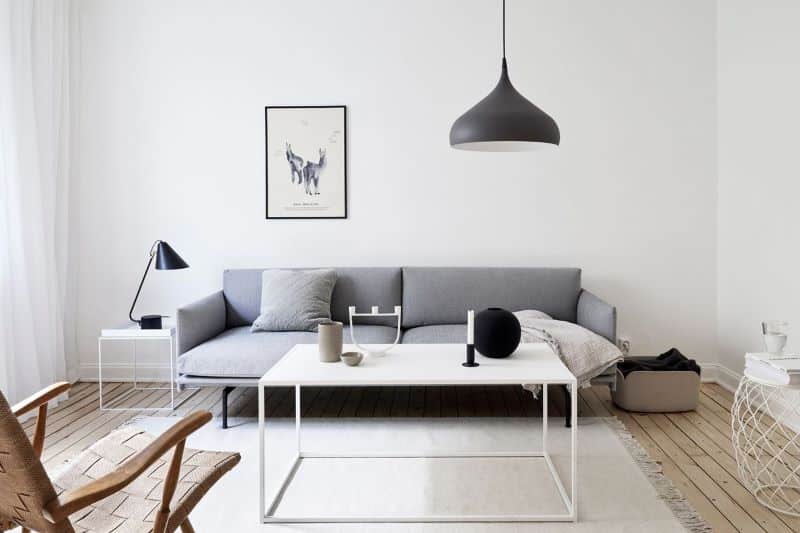
Rugs are a wonderful way to add texture and warmth to a minimalist living room. However, in keeping with minimalist principles, the key is to choose a rug that complements your space without overwhelming it. Opt for rugs with simple patterns, neutral colors, or geometric designs that seamlessly fit into your color scheme.
A large, solid-colored rug in shades like white, gray, or beige will ground the space and add comfort to the floor without detracting from the overall design. For a bit of interest, consider a rug with a subtle, understated pattern—think fine stripes, delicate lines, or a soft gradient.
The right rug can tie the room together, creating a cozy and inviting atmosphere. It also helps delineate different areas within the room, especially in an open-concept space. Just be sure to avoid rugs that are too busy or cluttered in their designs, as they can disrupt the clean, simple look you’re striving for.
11. Minimalist Curtains
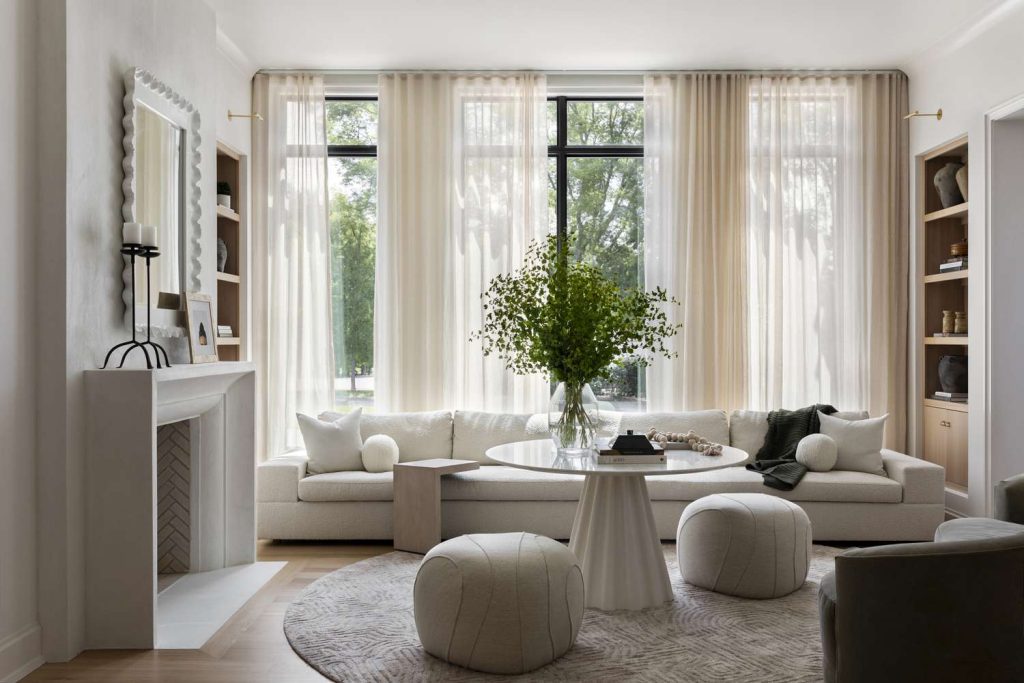
When it comes to window treatments in a minimalist living room, the goal is simplicity. Opt for lightweight curtains in neutral shades, such as white, beige, or light gray, to maintain the airy, open feeling of the space. Floor-to-ceiling curtains can make the room feel taller, while sheer fabrics allow for plenty of natural light while still offering some privacy.
Avoid heavy drapes or overly intricate patterns that can overwhelm the space. Instead, look for minimalist curtain designs that blend in with the room’s color scheme. If you’re looking for a modern touch, consider installing a simple curtain rod with a sleek design or even a track system for a more contemporary look.
Minimalist curtains serve both a functional and aesthetic purpose, offering privacy and light control while enhancing the serene vibe of the room.
12. Subtle Wall Textures
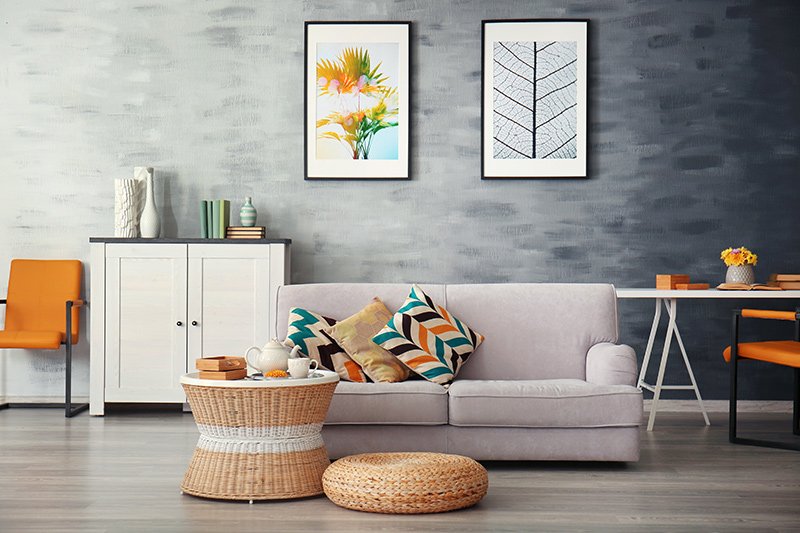
One way to add depth and interest to a minimalist living room is through subtle wall textures. Instead of relying on wallpaper or bold paint colors, consider adding textures that provide dimension without overwhelming the senses. A textured wall, such as a feature wall with a wood slat design or a wall painted with a matte finish, adds a tactile element to the room.
Alternatively, consider using plaster or textured plaster paint to create an organic, earthy feel. This kind of wall treatment is particularly effective in a minimalist space, where the lack of excessive decoration is key. These textures will give your living room a soft yet sophisticated touch without detracting from the minimalist aesthetic.
The beauty of textured walls lies in their simplicity—they provide a sense of depth and warmth, making the space feel more inviting without becoming visually cluttered.
13. Floating Furniture
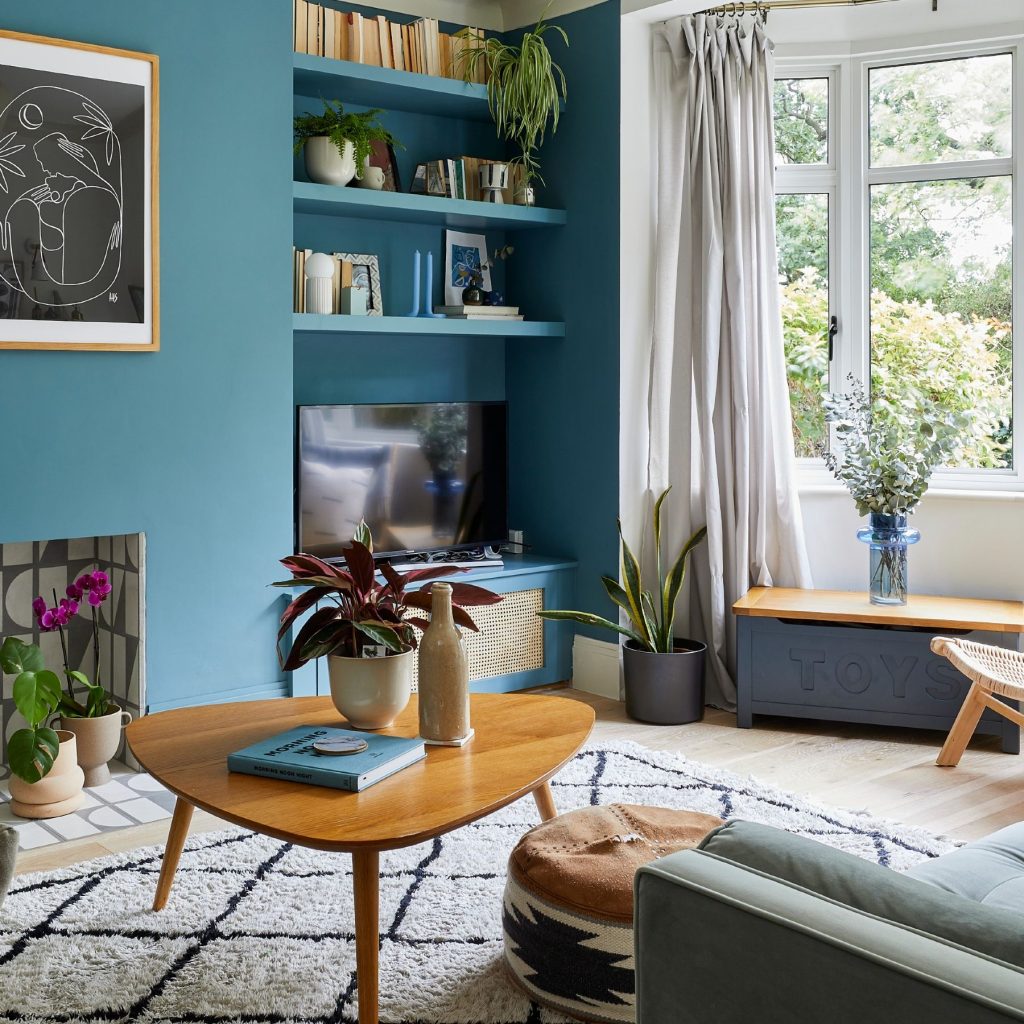
Floating furniture is a clever design trick often used in minimalist interiors. This refers to furniture that is suspended or elevated off the ground, creating an illusion of more space in the room. Floating shelves, for instance, are a great way to store books or display decorative items without taking up floor space.
A floating TV stand or console table is another great example of this design principle. It keeps the floor space open and unobstructed, allowing for easier flow in the room while maintaining a sleek, modern look. Floating furniture not only enhances the sense of openness but also makes cleaning easier, as there is no bulky furniture taking up space.
When used thoughtfully, floating furniture pieces can create a light, airy atmosphere that perfectly suits a minimalist living room.
14. Minimalist Statement Pieces
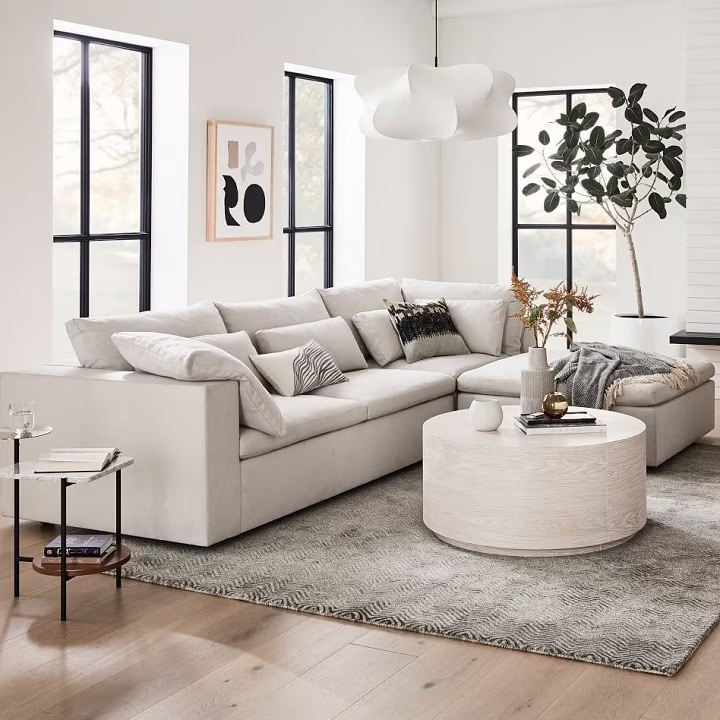
While minimalism focuses on simplicity, it doesn’t mean that every piece of décor has to be understated. A minimalist living room can still have one or two statement pieces that serve as focal points. These items should be chosen carefully to ensure they complement the space without overpowering it.
For example, a large, striking piece of art on the wall or a uniquely designed piece of furniture can serve as the room’s main attraction. The key is to select one or two bold elements and ensure that they fit within the minimalist design’s color scheme and overall aesthetic.
A statement piece should create interest and draw the eye but not create visual clutter. Whether it’s an unusual lamp, an oversized sculpture, or a standout armchair, this approach adds character to your minimalist living room while preserving the peaceful ambiance.
15. Simplified Entertainment Center
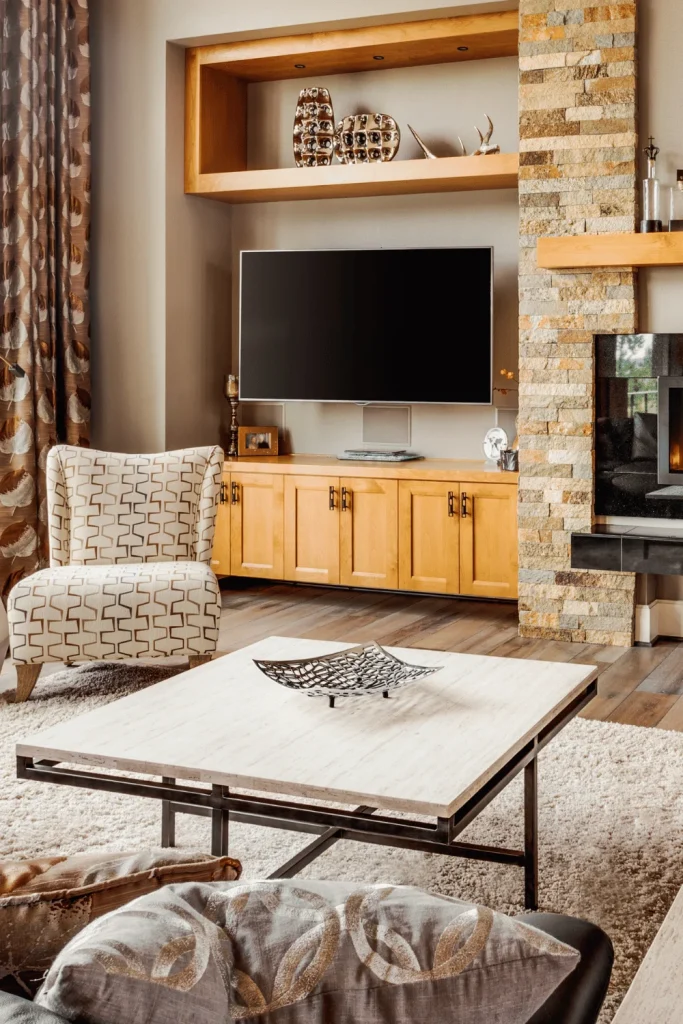
In minimalist living rooms, the entertainment center is often one of the most cluttered areas, with cords, devices, and cables on full display. To keep with the minimalist ethos, it’s important to simplify this area and keep electronics out of sight.
Consider mounting your TV on the wall to eliminate the need for bulky furniture pieces. Choose a sleek media console with clean lines, where you can hide away DVDs, gaming consoles, or other devices. Cord management systems are a great addition to keep cables hidden and organized, ensuring the area remains neat and uncluttered.
A minimalist entertainment center ensures that the focus stays on the room’s overall design rather than on the electronics, maintaining a clean and stylish atmosphere.
Conclusion
Creating a minimalist living room is all about achieving balance, simplicity, and functionality. By focusing on neutral colors, clean lines, and purposeful décor, you can transform your space into a serene, inviting sanctuary. Whether you’re incorporating open shelving, multi-purpose furniture, or statement pieces, each element contributes to an overall sense of calm.
The beauty of minimalist design lies in its ability to make a space feel open, airy, and organized. It’s a design style that focuses on the essentials, letting the room breathe and allowing for easy movement and comfort. By embracing minimalist living room ideas, you’ll create a space that not only looks beautiful but also serves as a peaceful retreat where you can relax and enjoy the simplicity of life.
With the right mix of thoughtful furniture choices, decorative accents, and functional design, your minimalist living room will be a stylish, functional space you’ll love to spend time in.

